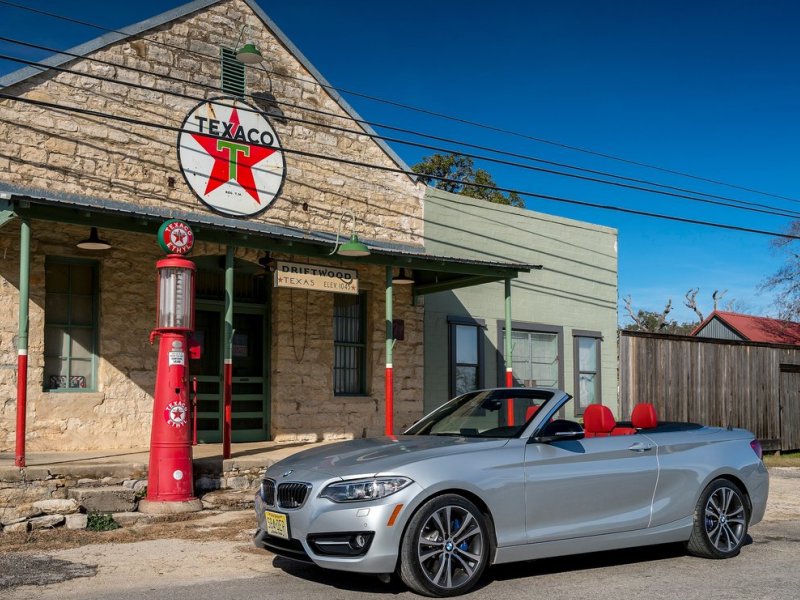Recent Articles
Popular Makes
Body Types
2015 BMW 2-Series Convertible Road Test & Review

2015 BMW 2-Series Convertible
Truth be told, if you’ve any kind of sensitivity at all as a driver, you‘ll need less than a mile of driving to realize a BMW automobile is one of the smoothest cars you’ve ever driven. They simply do everything with a grace and fluidity we’ve yet to experience from any other product—even those renowned for their smoothness. And before you ask; “What about Rolls-Royce” Guess who’s behind Rolls-Royce these days.
Yes—BMW.
A mid-season entry into an already impressive 2015 lineup; the new 2 Series Convertibles come to market as the entry-level BMW open models. But don’t let their low rung on the brand’s product ladder dissuade you. The 2 Series Convertible shows up with all of the legendary BMW sophistication intact. It also brings quick acceleration, determined roadholding, a supple ride, reasonable fuel economy, and more than a heaping helping of style.
If it sounds like we like it, it’s because we do. Already fans of the new 2 Series Coupe, the 2 Series Convertible slides in right beside its hard-headed sibling on our list of the cars we love. If you’re looking for a personal luxury car with enjoyable driving manners and a folding roof, you should definitely add a visit to your BMW dealer to your shopping process.
Models & Pricing
For the 2015 model year, BMW is offering the 2 Series Convertible in two trim levels; 228i and M235i. The 228i Convertible starts at $38,530, while the M235i Convertible starts at $47,700. By the way, the M235i is BMW’s first M Performance model with a convertible roof. There is also an all-wheel drive version of the 228i Convertible—the 228i xDrive Convertible—starting at $39,700.
Standard 228i Convertible features include 17-inch alloy wheels with all-season run flat tires, foglights, rain sensing windshield wipers, automatic headlight control, BMWs SensaTec (really nice vinyl) upholstery, eight-way adjustable front seats, and a leather-wrapped steering wheel. You’ll also find dual-zone automatic climate control, smart cruise control, a 6.6” glare-resistant monitor and iDrive, Bluetooth audio streaming and telephony, and a ten-speaker audio system.
Moving up to the M235i adds 18-inch wheels with summer performance tires, an adjustable suspension system, adjustable steering, more powerful brakes, xenon headlights, a sport exhaust system, an aero kit, and a tail spoiler. The M235i Convertible 10-way power sports seats, an M sport steering wheel, and ambient lighting for the interior.
Many of the M235i’s features can be added to 228i as option packages. For example, if you want to add the suspension system from the M235 to the 228 the $2,200 Track Handling Package will cover you there. If you want leather, you’ll get the $3,400 Premium Package, which also adds keyless entry, satellite radio, a universal garage door opener, and a few other choice bits.
The soft-folding convertible roof is capable of deploying or lowering in 20 seconds at speeds of up to 30 miles per hour. With the Comfort Access feature of the Premium Package, the roof can be raised or lowered at the touch of a button on the remote—from outside the car.
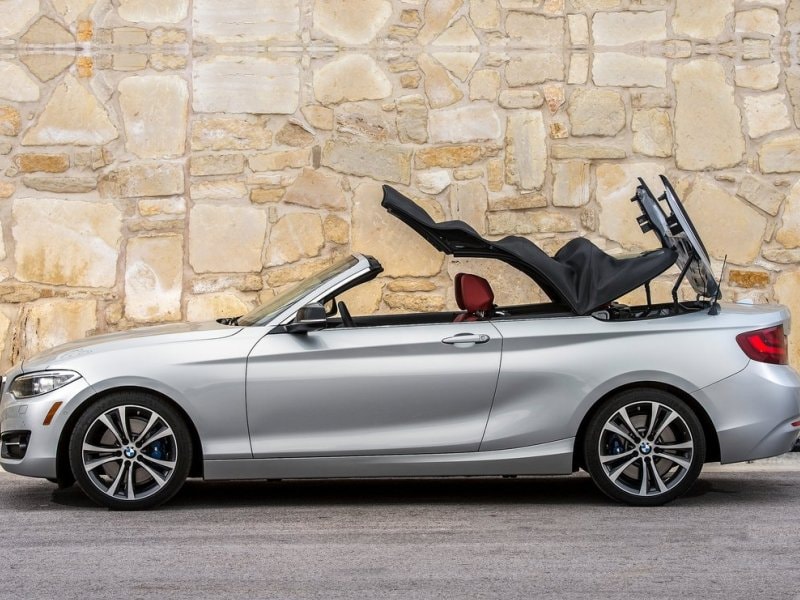
Design
Long, low, sleek, and yet compact; the BMW 2 Series Convertible delivers a look of substance without coming across as heavy or imposing. An absolutely tasteful automobile, it will draw the occasional admiring glance, but you won’t get overt ogles of appreciation—which, to our way of thinking is just about perfect.
Up front, as you’d expect, the look is all about the signature kidney grilles. All of the lines on the front of the car lead your eye to them. A nice touch is the way the shape of the headlight housings is repeated in the shape of the lower air intakes. Look closely at those intakes and you’ll see openings at their outer edges. These funnel air past the front tires to reduce turbulence in the wheel arches. BMW calls this the Air Curtain function.
Seen in profile, the long and flat shoulder profile telegraphs solidity and strength. Rising slightly as it travels rearward, it gives the body a wedge shape, both improving aerodynamics and giving the car a sense of motion even when at rest. The particularly observant will note the way the subtle character line just below the shoulder line ties the front and rear wheel arches together, while also emphasizing the flares of the rear fenders. This is echoed at the bottom of the car by the lower character line and the side skirt.
At the rear, the taillights flow into the rear fenders to help emphasize the width of the car. If you look closely, you’ll note the trailing edge of the trunklid sweeps upward to form a subtle tail spoiler. The trunklid also houses the third brake light. By the way, all of the lights at the rear of the car employ LEDs.
The roof is offered in two colors; Moonlight Black, or Brown with silver effects. Nicely integrated into the overall design, it looks good whether deployed or folded away. When down, the roof folds out of sight beneath a hard tonneau.
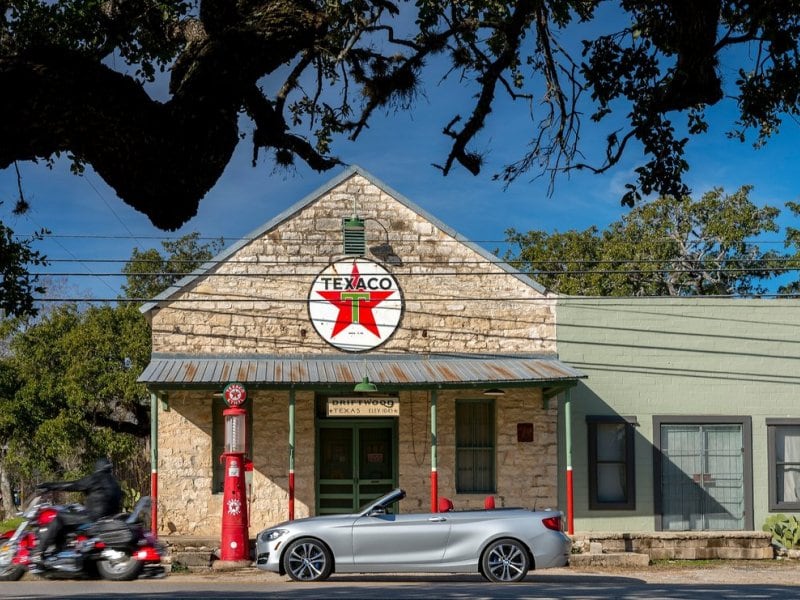
Features & Controls
BMW is remarkably egalitarian in that the interior treatment of all of its models pretty much look the same, whether you’re in the entry-level 2 Series car, or the flagship 7 Series car. Now yes, there are more features added as you move up the ladder, but the basic layout and style is the same. This is largely because ergonomic perfection is ergonomic perfection, and a BMW car is first and foremost all about the driver.
In the driver’s seat, you’ll face a pair of large round gauges, one for road speed and the other for engine speed. The multifunction steering wheel offers redundant controls for the audio and communication systems, while also providing access to the cruise control feature and interaction with the trip computer. Paddles behind the wheel control the automatic transmission for cars so equipped.
To the driver’s right, if you look closely, you’ll note the center stack is canted slightly toward the driver to make interacting with the controls there easier. It’s all so well done you won’t even notice the effort the designers put into it—which is the hallmark of a successful design. Adding interest is the way the various elements of the interior overlap one another, as if layered.
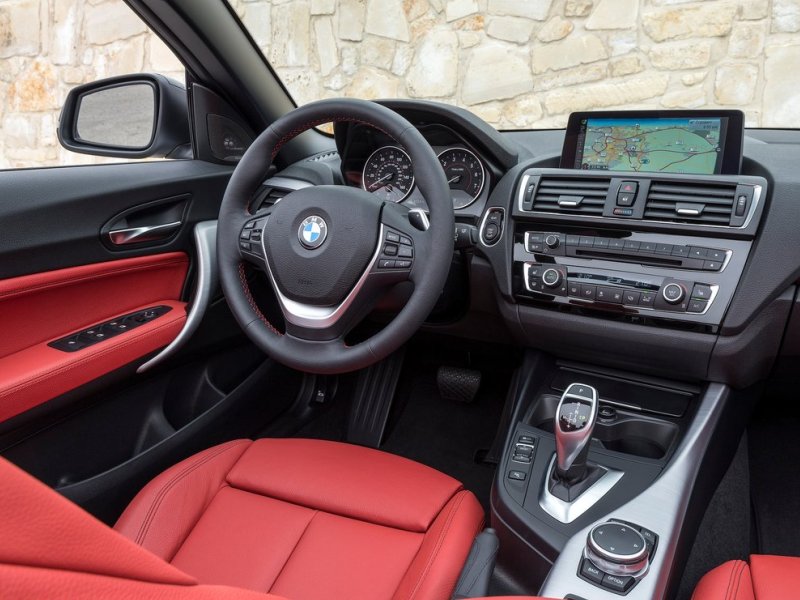
Comfort & Cargo
Even the base-level seats fitted to the 228i Convertible as standard equipment are exceptionally supportive, with all day comfort built in. Naturally, the more deeply bolstered sport seats are even more so. The steering wheel is adjustable for height and reach. This, in concert with the multiple adjustments afforded the front seats, makes finding a proper driving position an easy thing to do.
There is more than abundant legroom and headroom is limitless—when the top is lowered. With the top in place, taller drivers needn’t fear encounters with claustrophobia, this is a car designed with tall people in mind. The back seats—well, that’s another story. We’re talking about a close-coupled coupe, so the back seats are useful only for short trips, primarily with the top lowered and the front seat passengers exercising considerable benevolence. Further, if you’re one to drive with the wind blocker in place, removing it to admit rear seat passengers is something of a pain. Basically, while the 2 Series Convertible will begrudgingly suffer four passengers, it’s best not to make it do so for extended drives.
For storage, the 2 Series Convertible offers large door pockets, a commodious glove compartment, storage under the center armrest, and cargo nets on the front seatbacks. The trunk offers 13.8 cubic feet of cargo capacity, and a pass-through for longer items.
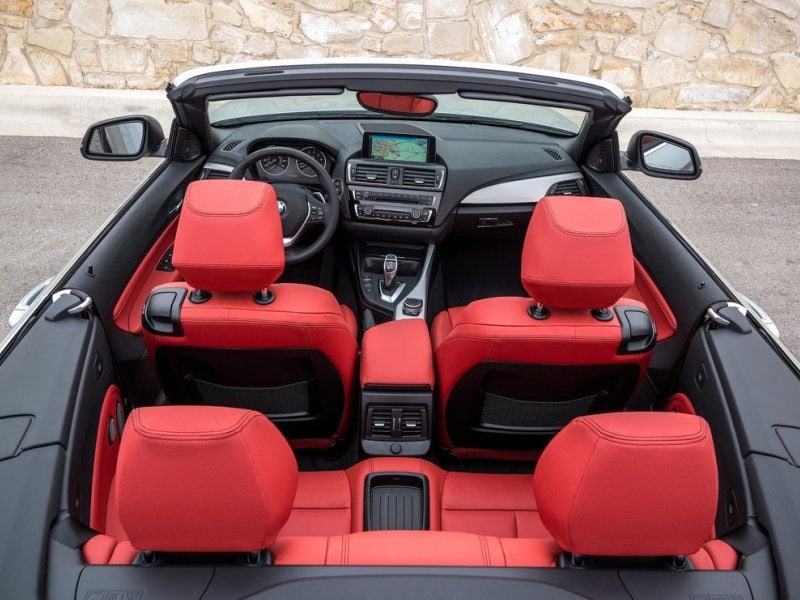
Photo by BMW
Safety Equipment & Crash Test Ratings
The standard suite of safety kit includes ABS, brake drying, fade compensation, brake standby, rain-sensing windshield wipers, dynamic cruise control, traction control, stability control, and hill-start assist for cars equipped with the manual transmission. A full complement of airbags is included as well. Tire pressure monitoring, head protection in rollovers, a rollover prevention system, and a 10-year subscription to BMW Assist with eCall—providing automatic collision notification—are also part of the standard feature set.
Optional features include lane departure warning, forward collision warning, speed limit information, self-parking, park distance control, and cornering headlights.
Neither NHTSA nor the IIHS have reported crash test data for the 2 Series Convertible as of this writing.
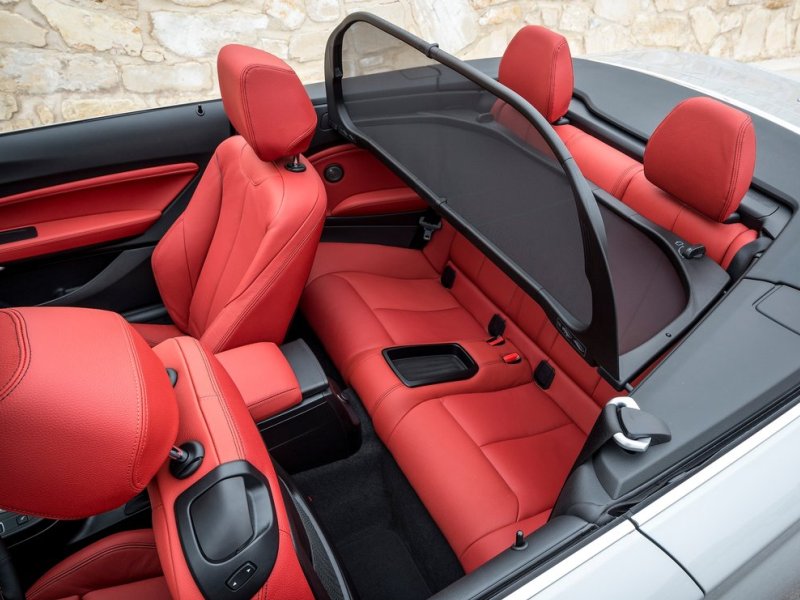
Engine(s) & Fuel Economy
We’ve driven both the turbocharged four-cylinder powering the 228i and the turbocharged six powering the M235i and they are absolutely satisfying powerplants. Yes, the six is considerably more capable, but you’d never miss it if you’d only ever driven the four. In fact, the first time we drove the four we thought it was a six, until we were otherwise informed.
To help improve fuel economy, both engines are fitted with start/stop technology. Of course we’re talking BMW here, so performance is taken into consideration too—launch control is programmed into the automatic transmissions.
The four is a turbocharged inline 2.0-liter with 240 horsepower and 255 ft-lbs of torque. Those with a sense of history may recall the 1995 E36 BMW M3 came to the US with—yes, 240 horsepower. An eight-speed automatic is the transmission offering. Fuel economy is rated at 23-city, 34-highway and 27-combined for the automatic and rear drive. With all-wheel drive, the rating is 22/33/26.
The six is a turbocharged inline 3.0-liter with 320 horsepower and 330 ft-lbs of torque. Available only with rear drive, buyers can choose between an eight-speed automatic transmission and a six-speed manual at no additional cost. Fuel economy for the six with the automatic is rated at 21-city, 32-highway, and 25-combined. With the manual, the EPA estimates 19-city, 28-highway, and 22-combined.
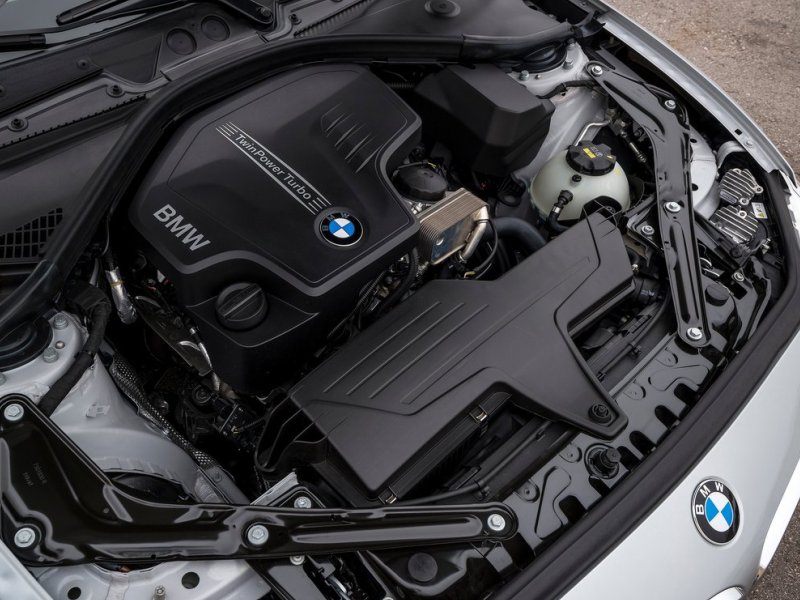
Driving Impressions
While we’ve never actually ridden Aladdin’s magic carpet, we strongly believe the experience is akin to piloting the 2 Series Convertible with the roof lowered. Smoothness and fluidity are the key aspects of the car’s personality. And yet, when prodded, acceleration, cornering and braking immediately remind you this is essentially a four-seat sports car. The way BMW blends these two attributes in one platform is almost surreal.
The ride quality is superb in all conditions and the car feels all of one piece for the most part. We did notice a bit of vibration in the steering column over rough pavement. While unexpected, it is a reminder convertibles are almost never as rigid as their steel-roofed kin.
Still though, the soft top is well insulated, and wind noise is commendably low. In fact with the roof in place, you could be forgiven for forgetting you’re in a convertible. The top is well insulated, plus the inside is finished just like the roof of a hardtop. With the roof down and the wind blocker in place, interior turbulence is non-existent. Raise all four windows and activate the heater, you’ll drive topless even on cold days.
As we mentioned before, the choice of engine is really more a function of how important fuel economy is to you. The M235i is more powerful and more luxuriously equipped, and offers a six-speed manual option. However, the 228i can be optioned with most of the equipment available for the M235i, including the suspension system. It’ll be slower—sure, but the 228i cannot be characterized as a slow car by any stretch of the imagination.
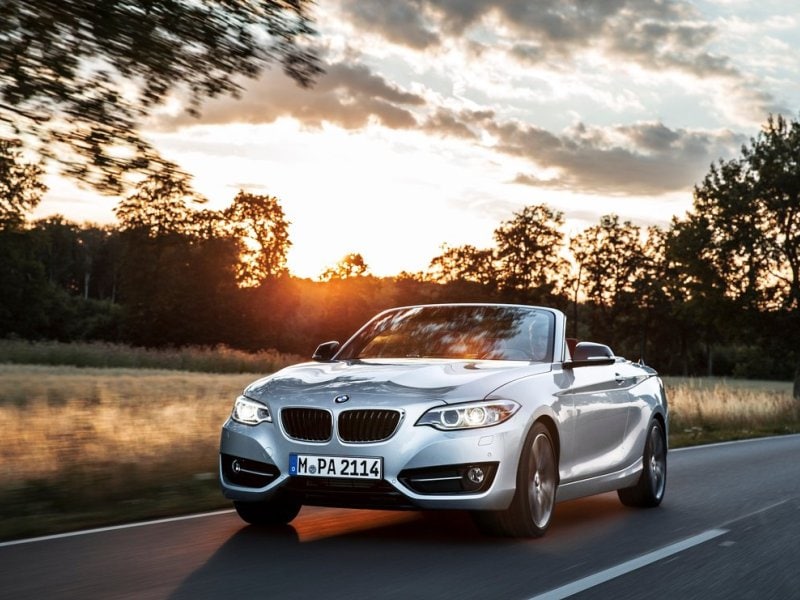
Final Thoughts
So, which one to choose?
We’re power-freaks, so of course we’re leaning toward the M235i. However, if money is an issue (yes, we know, this happens sometimes), driving the turbo four never feels like you settled for something second best. The four-cylinder engine is smooth, tractable, has a wonderful engine note, and can readily propel the platform with moe than enough determination and velocity to make the experience an interesting one.
Either way you go, you’re going to come out with one sweet ride.
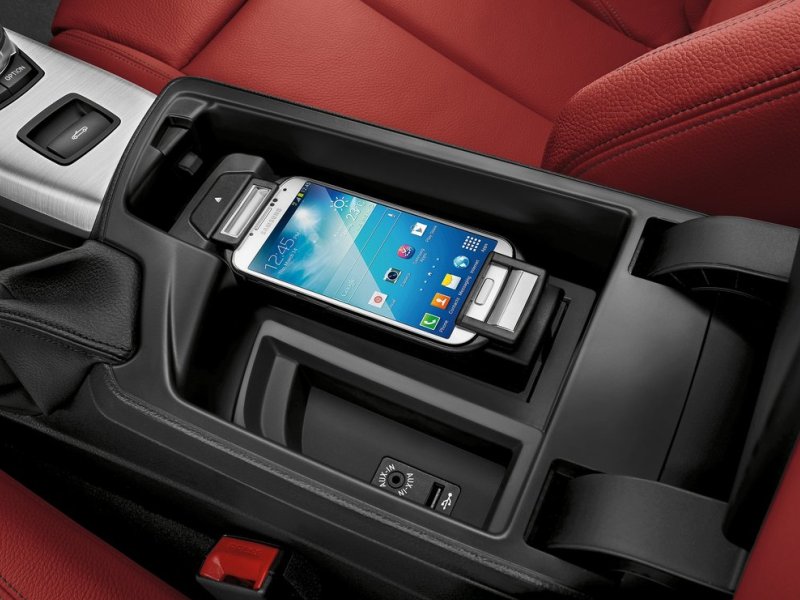
Pros & Cons
So, which one to choose?
We’re power-freaks, so of course we’re leaning toward the M235i. However, if money is an issue (yes, we know, this happens sometimes), driving the turbo four never feels like you settled for something second best. The four-cylinder engine is smooth, tractable, has a wonderful engine note, and can readily propel the platform with moe than enough determination and velocity to make the experience an interesting one.
Either way you go, you’re going to come out with one sweet ride.
